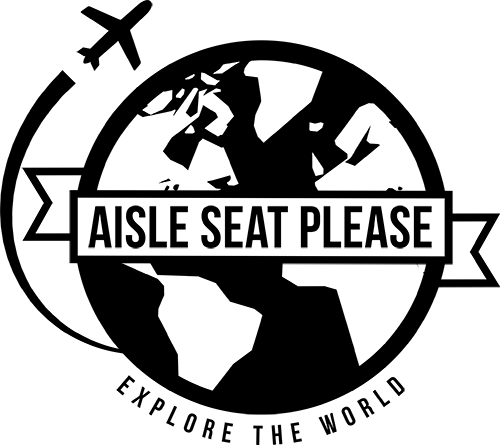The Stars Above Mount Hamilton

While preparing to set up a long shoot to hopefully get some star trails, I tried taking several shots swapping between my 24mm prime and 15mm fisheye to see what I liked. The one difficult thing about using a fisheye, is that sometimes the fisheye look is really what you want, but other times you really want to "flatten" it out. It's hard to visualize the flattened look while in camera, but it's easy enough to fix in post. Using Adobe's Camera Raw or Lightroom. Just go to the Lens Correction area and click to "Enable Profile Correction" and you're all set.
Back to this shot. I find when getting set up for a night shot, it's best to try to shoot some quick shots off at a very high ISO and a shutter time of 3-4 seconds so you get a good idea of the shot, without having to wait the 20-30 seconds for a more proper exposure. Any longer than 30s and you'll get blur from the rotation of the Earth unless you're using a fancy motorized star tracker. You'll still eventually have to likely finally hone the image at a longer shutter interval so you can zoom in on the image in-camera and see if the stars are sharp or not.
The stars come alive above Mt. Hamilton, just east of San Jose. Is that the Milky Way galaxy?






